Home>Garden Essentials>How To Identify Vining Non-Flowering Ground Cover
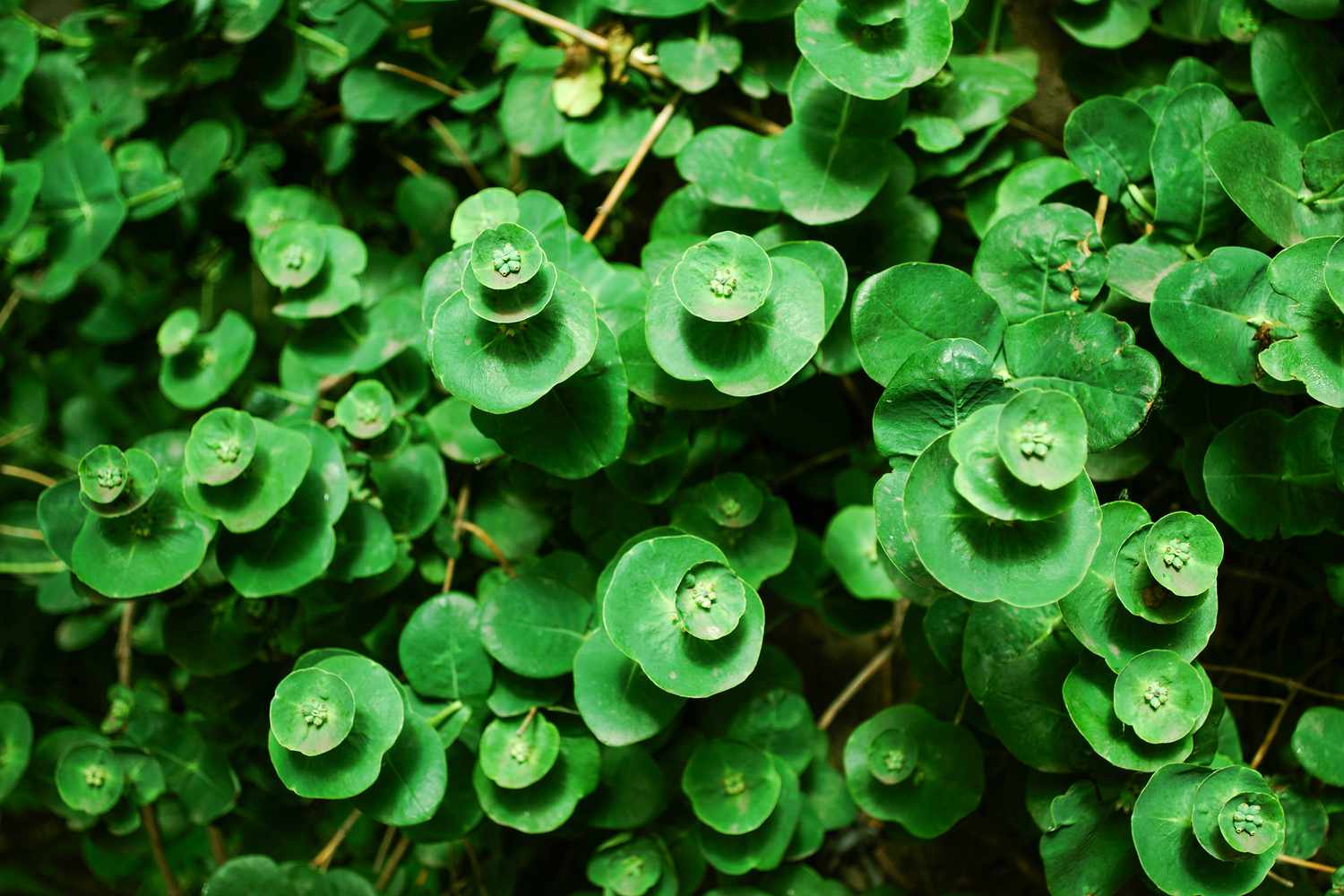

Garden Essentials
How To Identify Vining Non-Flowering Ground Cover
Modified: October 20, 2024
Discover the best techniques for identifying vining non-flowering ground cover in your garden. Create a lush and vibrant landscape with our expert tips and advice.
(Many of the links in this article redirect to a specific reviewed product. Your purchase of these products through affiliate links helps to generate commission for Storables.com, at no extra cost. Learn more)
Introduction
When it comes to creating a beautiful and functional garden, choosing the right ground cover is essential. While many gardeners opt for flowering ground cover, there is another option that offers its own unique benefits: vining non-flowering ground cover. With their lush foliage and ability to spread and fill in gaps, these plants can be a great addition to any garden landscape.
In this article, we will explore the reasons why you might choose vining non-flowering ground cover, the characteristics that make them stand out, and how to identify them. We will also discuss methods for controlling their growth and the benefits and drawbacks they bring to your garden. By the end, you’ll have a deeper understanding of these versatile plants and be better equipped to utilize them in your own garden.
So let’s dive in and discover the wonders of vining non-flowering ground cover!
Key Takeaways:
- Vining non-flowering ground cover plants are low-maintenance, spread efficiently, and control erosion, making them a great choice for a visually interesting and hassle-free garden landscape.
- Identifying and managing vining non-flowering ground cover plants involves recognizing their vining growth, dense foliage, and implementing methods like pruning and physical barriers for controlled growth.
Read more: How To Get Rid Of Ground Cover Vines
Why Choose Vining Non-Flowering Ground Cover?
Vining non-flowering ground cover plants offer a range of benefits that make them a compelling choice for gardeners. Here are a few reasons why you might want to consider incorporating them into your garden:
- Low Maintenance: One of the primary advantages of vining non-flowering ground cover is their minimal care requirements. Once established, they are typically low maintenance and require little to no pruning or deadheading. This makes them an excellent choice for busy gardeners or those looking to reduce the amount of time and effort spent on maintenance.
- Efficient Ground Coverage: Vining non-flowering ground covers have a remarkable ability to quickly spread and cover large areas of bare ground. This makes them ideal for filling in gaps between other plants, creating a visually cohesive and seamless garden bed. Additionally, their ability to suppress weed growth can help reduce the need for frequent weeding.
- Erosion Control: The spreading nature of vining non-flowering ground cover plants can also help control soil erosion. Their extensive root systems work to stabilize soil, preventing it from washing away during heavy rains. This can be particularly beneficial for sloped areas or gardens located in regions prone to erosion.
- Drought Tolerance: Many vining non-flowering ground cover plants are exceptionally drought-tolerant once established. Their deep roots allow them to access water stored deeper in the soil, reducing the need for frequent watering. This can be especially advantageous in areas with water restrictions or for gardeners aiming to reduce water consumption.
- Year-Round Interest: While vining non-flowering ground cover plants do not produce showy blooms like their flowering counterparts, they make up for it with their attractive foliage. From lush greens to variegated patterns, these plants can add texture and visual interest to your garden throughout the year, even when flowers are not in bloom.
These are just a few of the reasons why choosing vining non-flowering ground cover can be a smart decision for your garden. Next, we will delve into the unique characteristics that set them apart from other ground cover options.
Characteristics of Vining Non-Flowering Ground Cover
Vining non-flowering ground cover plants possess several distinct characteristics that contribute to their appeal and suitability for various garden applications. Understanding these characteristics will help you better identify and appreciate these plants. Here are some key features:
- Vining Growth Habit: As the name suggests, vining non-flowering ground cover plants have trailing or vining stems that sprawl along the ground. This growth habit allows them to spread horizontally and fill in bare areas quickly, creating a dense and lush carpet-like appearance.
- Lush Foliage: Instead of producing flowers, vining non-flowering ground cover plants focus their energy on developing and maintaining a dense foliage cover. The foliage can vary in color, texture, and shape, providing a rich tapestry of green hues and enhancing the visual interest of your garden.
- Rooting Along the Stem: Another defining characteristic of vining non-flowering ground cover plants is their ability to develop roots along their trailing stems. These adventitious roots enable the plants to anchor themselves into the soil, facilitating their horizontal spread and aiding in their ability to control erosion.
- Spreading and Fill-In Capability: Vining non-flowering ground cover plants can quickly spread and fill in open spaces within your garden. Their growth rate can vary depending on the species, but many are known for their rapid spreading ability, covering large areas within a short span of time.
- Adaptability: These plants are typically adaptable to various soil types and environmental conditions. Many vining non-flowering ground cover plants can tolerate a wide range of soil pH levels and thrive in both full sun and partial shade, making them versatile options for different garden settings.
- Low-Growing: While vining non-flowering ground cover plants can spread horizontally, they tend to have a low height profile. This makes them suitable for areas where a taller ground cover might obstruct views or compete with taller neighboring plants.
By familiarizing yourself with these characteristics, you’ll be able to identify vining non-flowering ground cover plants more easily. In the next section, we will explore how to effectively identify these plants amidst other ground cover options in your garden.
Identifying Vining Non-Flowering Ground Cover
Identifying vining non-flowering ground cover plants can be a fun and rewarding task. By being attentive to certain key characteristics, you can distinguish these plants from other ground cover options in your garden. Here are some tips to help you identify vining non-flowering ground cover:
- Vining Growth Pattern: Look for plants that exhibit a trailing or vining growth habit. Vining non-flowering ground cover plants often have long stems that sprawl along the ground, covering the soil and spreading horizontally.
- Dense Foliage Cover: Pay attention to the foliage of the plants. Vining non-flowering ground cover plants typically have lush, dense foliage that forms a thick carpet-like cover. The leaves can vary in shape, size, and color, so observe the characteristics of the foliage closely.
- Rooting Along Stems: Check if the stems of the plants have roots growing along them. Vining non-flowering ground cover plants often develop adventitious roots along their trailing stems, which help anchor them into the soil and aid in their spreading capability.
- Low-Growing and Spreading Habits: Observe the overall growth habit of the plants. Vining non-flowering ground cover plants tend to have a low height profile and spread horizontally to cover bare areas. They often create a dense, uniform, and carpet-like appearance as they fill in gaps.
- No Showy Flowers: Unlike flowering ground covers, vining non-flowering ground cover plants do not produce showy blooms. Instead, their focus is on foliage development. If you do notice flowers on a plant, it may not be a vining non-flowering ground cover species.
- Consult Plant Guides and Experts: If you’re unsure about the identification of a particular plant, consult reliable plant identification guides or seek advice from knowledgeable experts at local nurseries or gardening forums. They can provide valuable insights and help you identify vining non-flowering ground cover species.
Remember, each plant species may have its own unique characteristics, so it’s always a good idea to cross-reference your observations with reputable sources or seek professional guidance for accurate identification.
Now that you have a better understanding of how to identify vining non-flowering ground cover plants, let’s explore methods for controlling their growth to maintain a healthy and well-managed garden.
Look for plants with long, trailing stems and no visible flowers. They often spread quickly and can cover large areas. Check for characteristics like heart-shaped leaves or tendrils for climbing.
Methods for Controlling Vining Non-Flowering Ground Cover
While vining non-flowering ground cover plants can be a wonderful addition to your garden, it is important to keep their growth in check to prevent them from becoming invasive or overrunning other plants. Here are some effective methods for controlling vining non-flowering ground cover:
- Regular Pruning: Pruning is a crucial maintenance practice for managing the growth of vining non-flowering ground cover plants. Regularly trim back any long or straggling stems to prevent them from spreading too far beyond their intended boundaries. Pruning will also help maintain a neat and well-manicured appearance.
- Creating Physical Barriers: Installing physical barriers, such as edging or underground barriers, can help restrict the spreading of vining non-flowering ground cover plants. These barriers can be made of materials like metal, plastic, or concrete, and should be buried a few inches below the soil surface to prevent the roots from escaping.
- Manual Removal: If you notice vining non-flowering ground cover plants spreading into areas where they are not desired, manually remove the excess growth. Use a sharp garden knife or pruners to carefully cut away the unwanted vines. Be sure to remove as much of the root system as possible to prevent re-growth.
- Weed Control: Even though vining non-flowering ground cover plants can help suppress weed growth, it’s still important to monitor for any invasive weeds that may try to establish themselves within the ground cover. Regularly inspect the area and remove any weeds by hand or using appropriate herbicides, taking care not to damage the ground cover plants.
- Monitoring and Adjustment: Keep a close eye on the growth habits of your vining non-flowering ground cover plants. If you notice them spreading too aggressively or encroaching upon other plants, take prompt action to control their growth. Adjusting watering and fertilization practices can also help manage their growth rate effectively.
- Occasional Renovation: Over time, vining non-flowering ground cover plants may become dense and develop dead or sparse areas. Periodically renovating the ground cover by thinning out congested areas and removing dead or unhealthy foliage will help promote better air circulation and overall plant health.
Remember to tailor these control methods to the specific needs and growth habits of the vining non-flowering ground cover plants in your garden. Regular maintenance and proper care will help ensure that these plants remain a valued asset to your garden without becoming overwhelming.
While vining non-flowering ground cover plants offer many benefits, it’s important to weigh the advantages and potential drawbacks before incorporating them into your garden. The next section discusses the benefits and drawbacks to help you make an informed decision.
Read more: What Is The Best Flowering Ground Cover
Benefits and Drawbacks of Vining Non-Flowering Ground Cover
Vining non-flowering ground cover plants come with their own set of advantages and considerations. Understanding the benefits and drawbacks will help you determine if they are the right choice for your garden. Let’s explore them below:
- Benefits:
- Effective Ground Coverage: Vining non-flowering ground cover plants excel at spreading quickly and covering large areas of bare ground. They can create a visually pleasing carpet-like effect in your garden and eliminate the need for frequent weeding.
- Low Maintenance: Once established, vining non-flowering ground cover plants usually require minimal care. They often tolerate various soil conditions and can thrive with little to no pruning or deadheading, saving you time and effort.
- Erosion Control: Their spreading nature and root systems help stabilize soil, making them an excellent choice for controlling erosion on slopes or in areas prone to soil washout during heavy rains.
- Drought Tolerance: Many vining non-flowering ground cover plants are adapted to survive in dry conditions. Once established, they often require less water compared to other ground covers, making them suitable for water-wise gardening and regions with water restrictions.
- Year-Round Interest: With their lush foliage, vining non-flowering ground cover plants provide evergreen beauty throughout the year, offering visual interest even when flowering plants are dormant or not in bloom.
- Drawbacks:
- Invasiveness: Some vining non-flowering ground cover plants have aggressive growth habits, spreading rapidly and potentially outcompeting other plants in your garden. It is essential to choose non-invasive species and monitor their growth regularly.
- Difficulty in Removal: Once established, vining non-flowering ground cover plants can be challenging to remove completely. Their extensive root systems make manual removal labor-intensive, requiring significant time and effort to eradicate them entirely if they become problematic.
- Limited Floral Display: Unlike flowering ground covers, vining non-flowering ground cover plants do not produce showy blooms. If you desire a garden filled with colorful flowers, you may find their foliage-centered aesthetic less appealing.
- Potential for Smothering: If not properly managed, vining non-flowering ground cover plants can smother other desirable plants in your garden by shading them out or competing for resources such as sunlight, water, and nutrients.
- Poor Soil Preparation: Due to their robust growth, vining non-flowering ground cover plants may not allow efficient soil preparation or amendments once they have established themselves. Incorporating soil amendments or planting other desired species later may become challenging.
Considering these benefits and drawbacks will help you make an informed decision about incorporating vining non-flowering ground cover plants into your garden. It is crucial to choose the right plants for your specific needs, monitor their growth, and implement proper maintenance practices to ensure their positive contribution to your garden landscape.
With a better understanding of the benefits and drawbacks of vining non-flowering ground cover plants, we can conclude our exploration. Remember, each garden is unique, and it’s important to assess your specific conditions and preferences before making any planting decisions.
Conclusion
Vining non-flowering ground cover plants offer a versatile and visually appealing option for your garden. With their ability to spread and fill in gaps, these plants can create a lush and cohesive landscape. While they may require some maintenance and careful management, the benefits they provide make them a worthy addition to any garden.
Choosing vining non-flowering ground cover plants offers advantages such as low maintenance, efficient ground coverage, erosion control, drought tolerance, and year-round interest. Their vining growth habits, dense foliage, and ability to root along stems make them distinct and easily identifiable.
Controlling the growth of vining non-flowering ground cover plants involves regular pruning, creating physical barriers, manual removal, and careful monitoring. By implementing these methods, you can manage their spreading tendencies and ensure their growth remains in check.
However, it is important to consider the potential drawbacks of these plants as well. Invasive growth, difficulty in removal, limited floral display, potential for smothering, and restrictions on soil preparation are factors that require careful consideration before incorporating vining non-flowering ground cover plants into your garden.
In conclusion, vining non-flowering ground cover plants can be a valuable asset to your garden when chosen and managed appropriately. Consider the specific needs of your garden, the desired aesthetic, and the level of maintenance you are willing to undertake before selecting and planting these plants. With proper care, they can transform your garden into a beautiful and functional space.
So why not explore the world of vining non-flowering ground cover plants and see how they can enhance your garden landscape? By incorporating them wisely and keeping their growth in check, you can enjoy the benefits they offer while maintaining a balanced and harmonious garden environment.
Frequently Asked Questions about How To Identify Vining Non-Flowering Ground Cover
Was this page helpful?
At Storables.com, we guarantee accurate and reliable information. Our content, validated by Expert Board Contributors, is crafted following stringent Editorial Policies. We're committed to providing you with well-researched, expert-backed insights for all your informational needs.



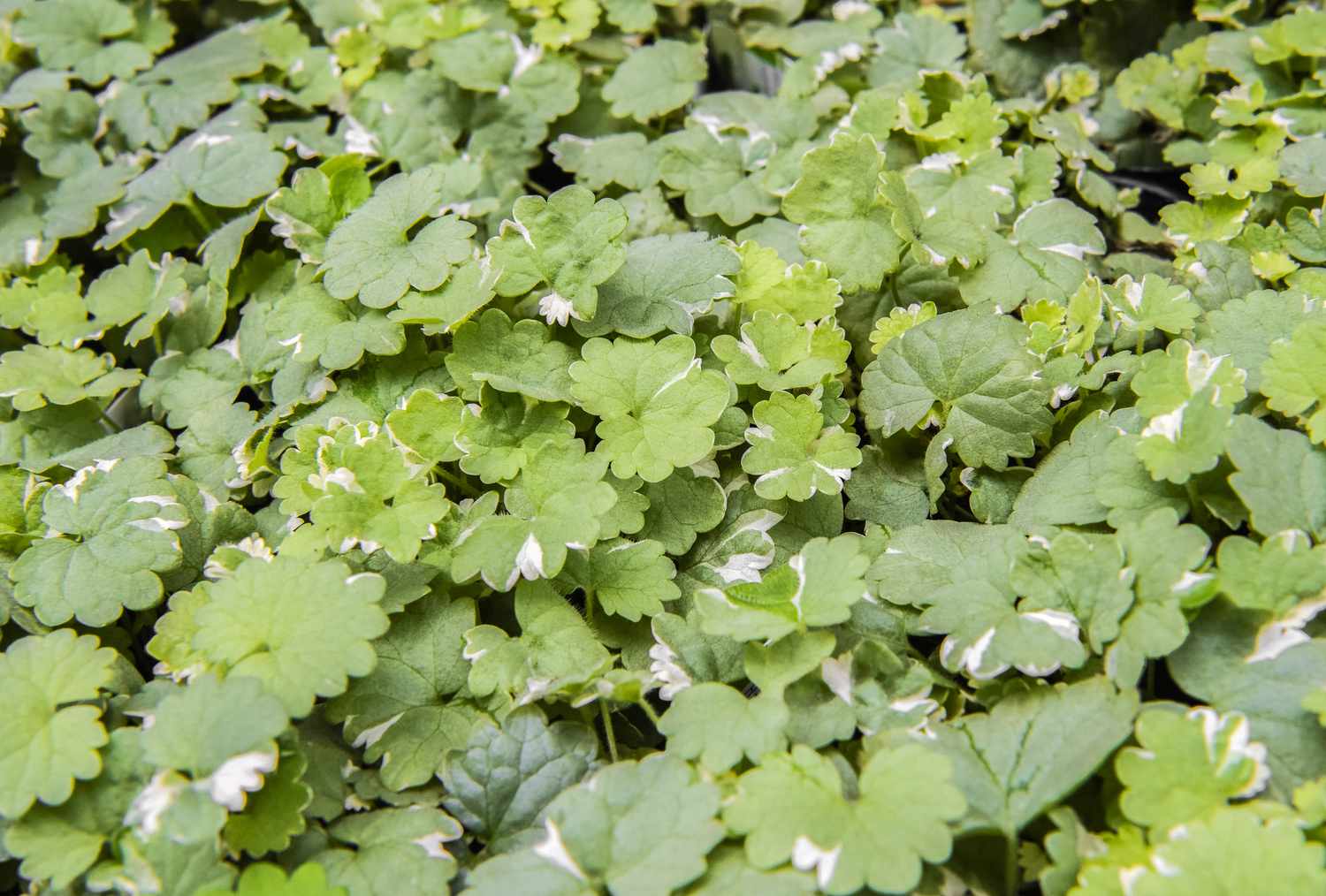
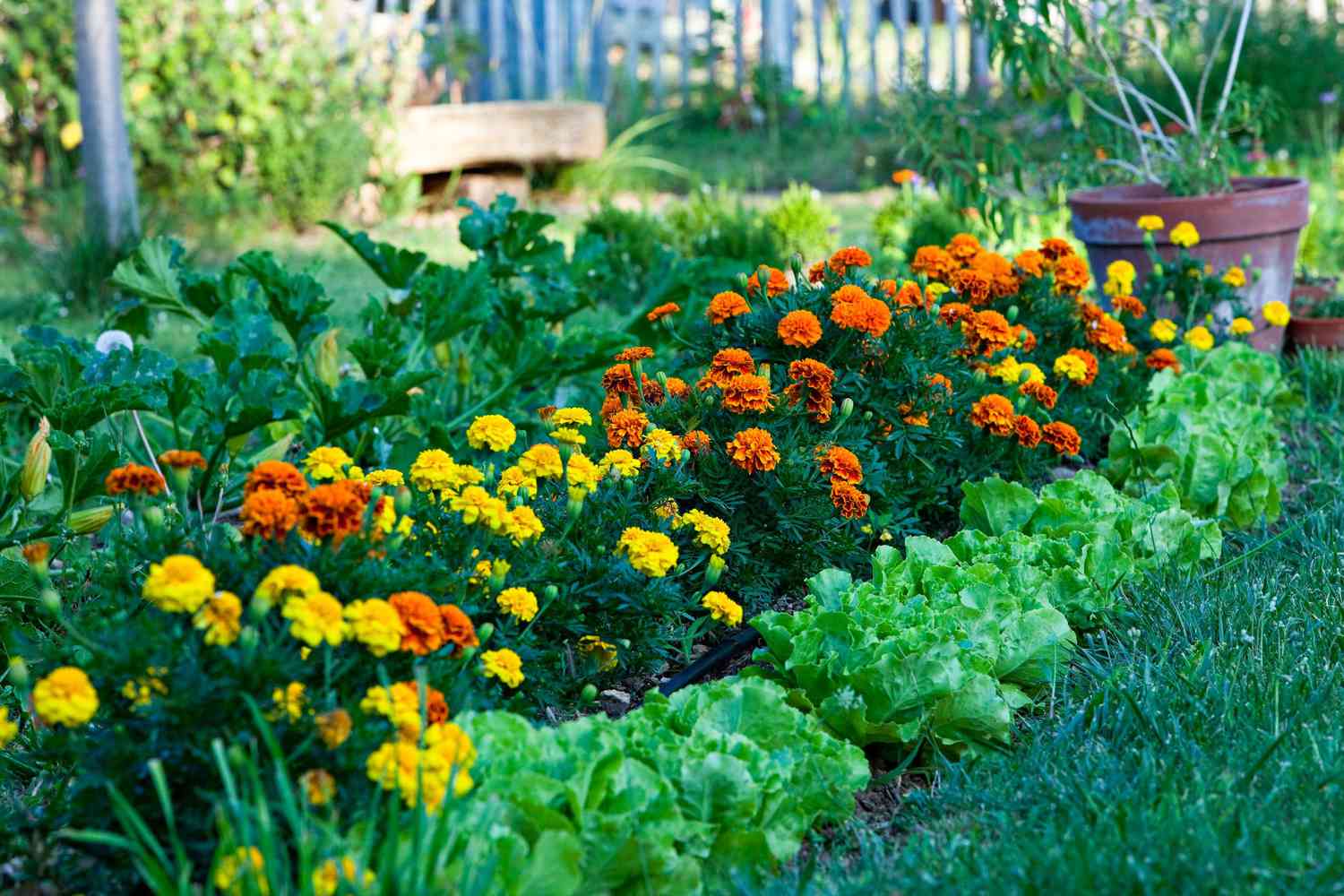
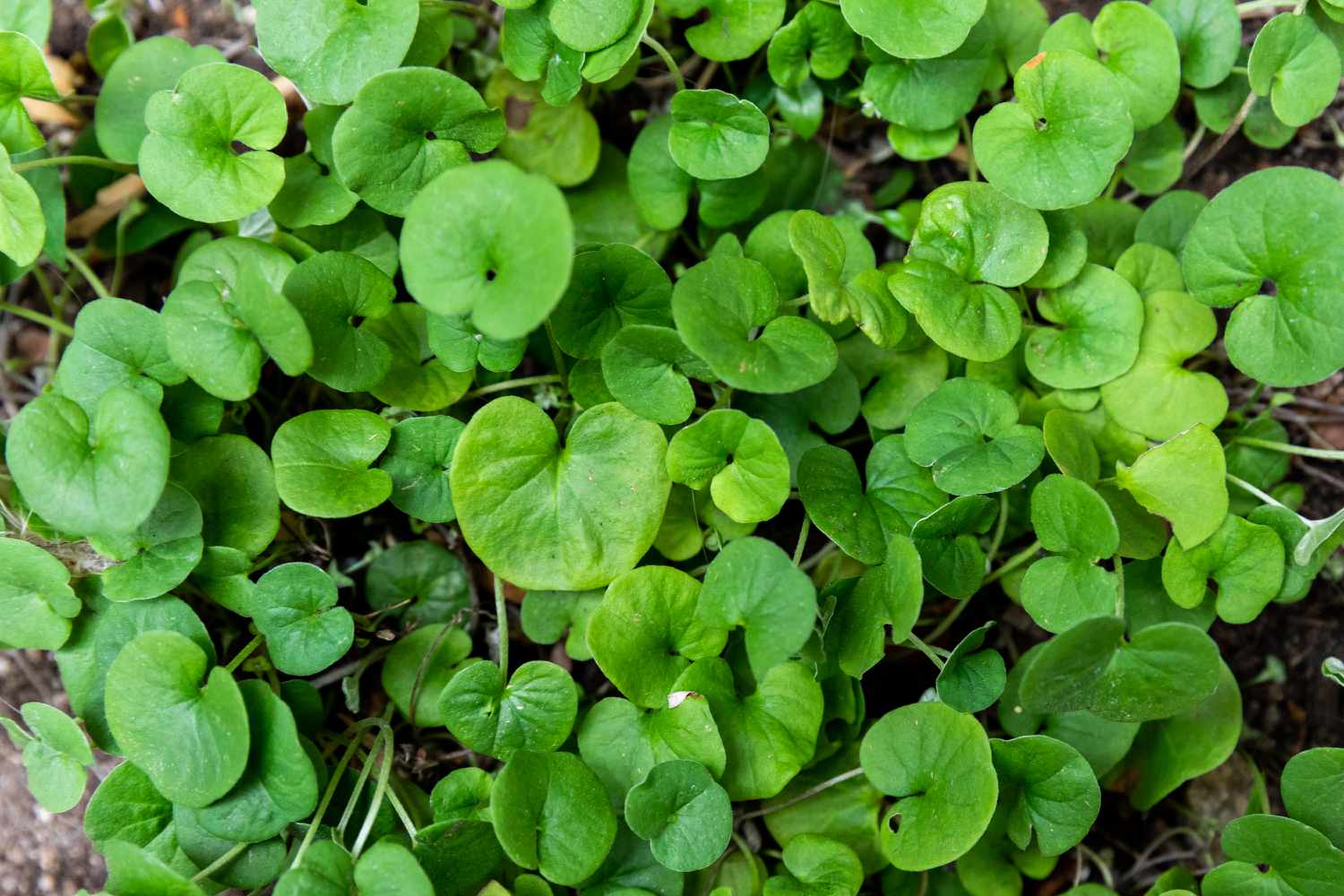

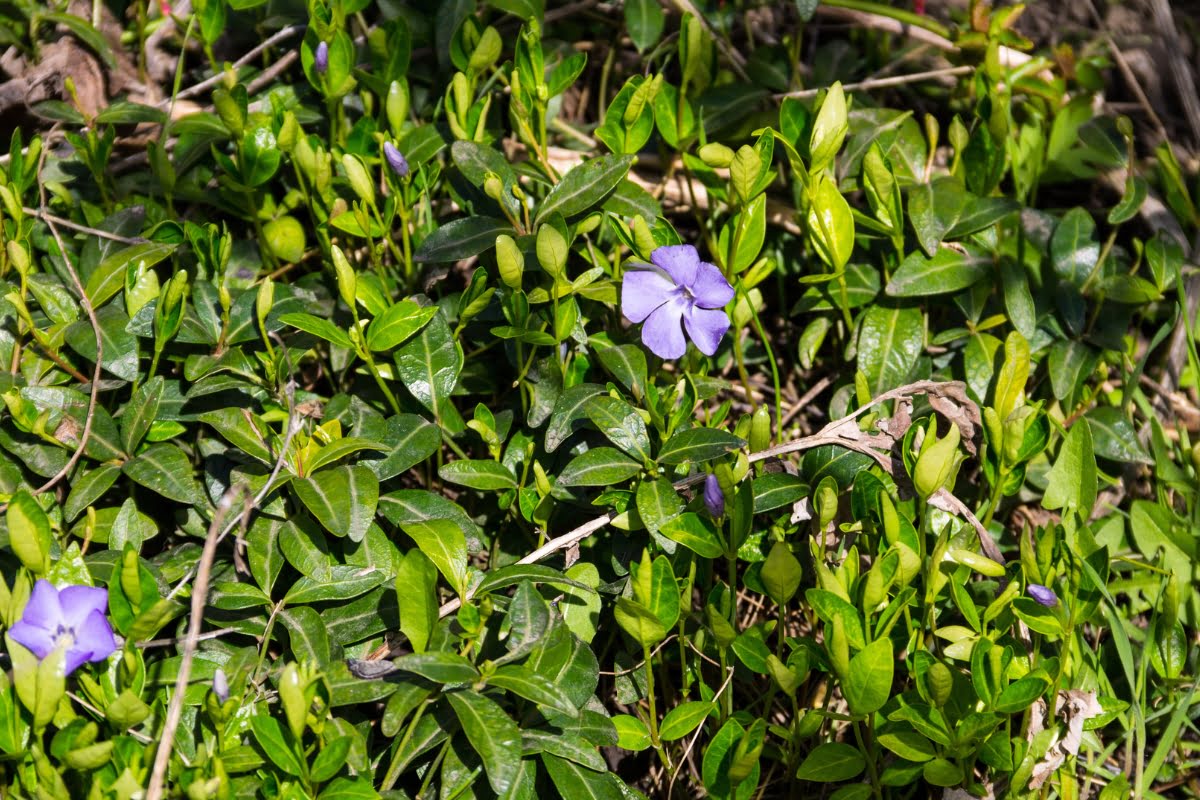
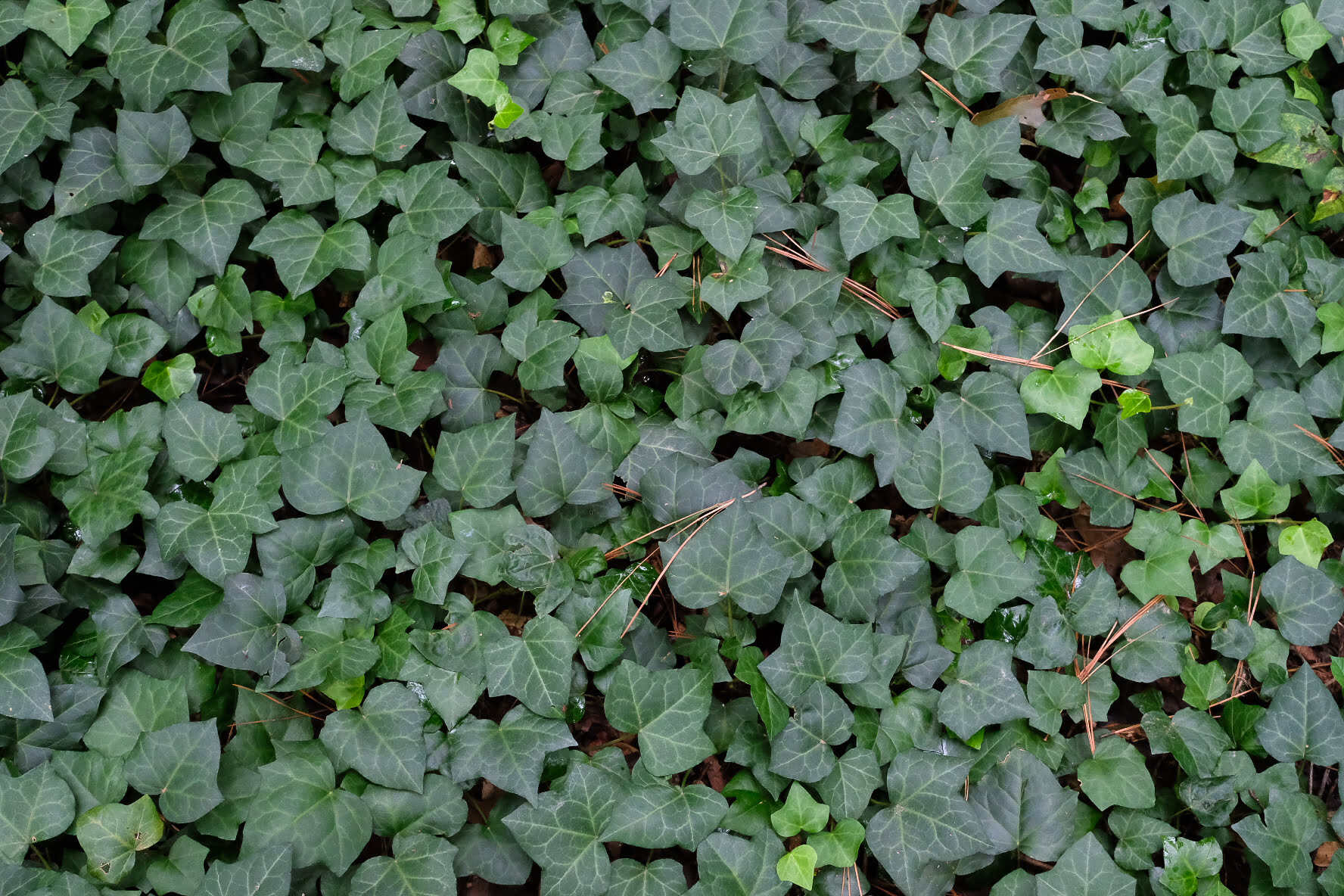


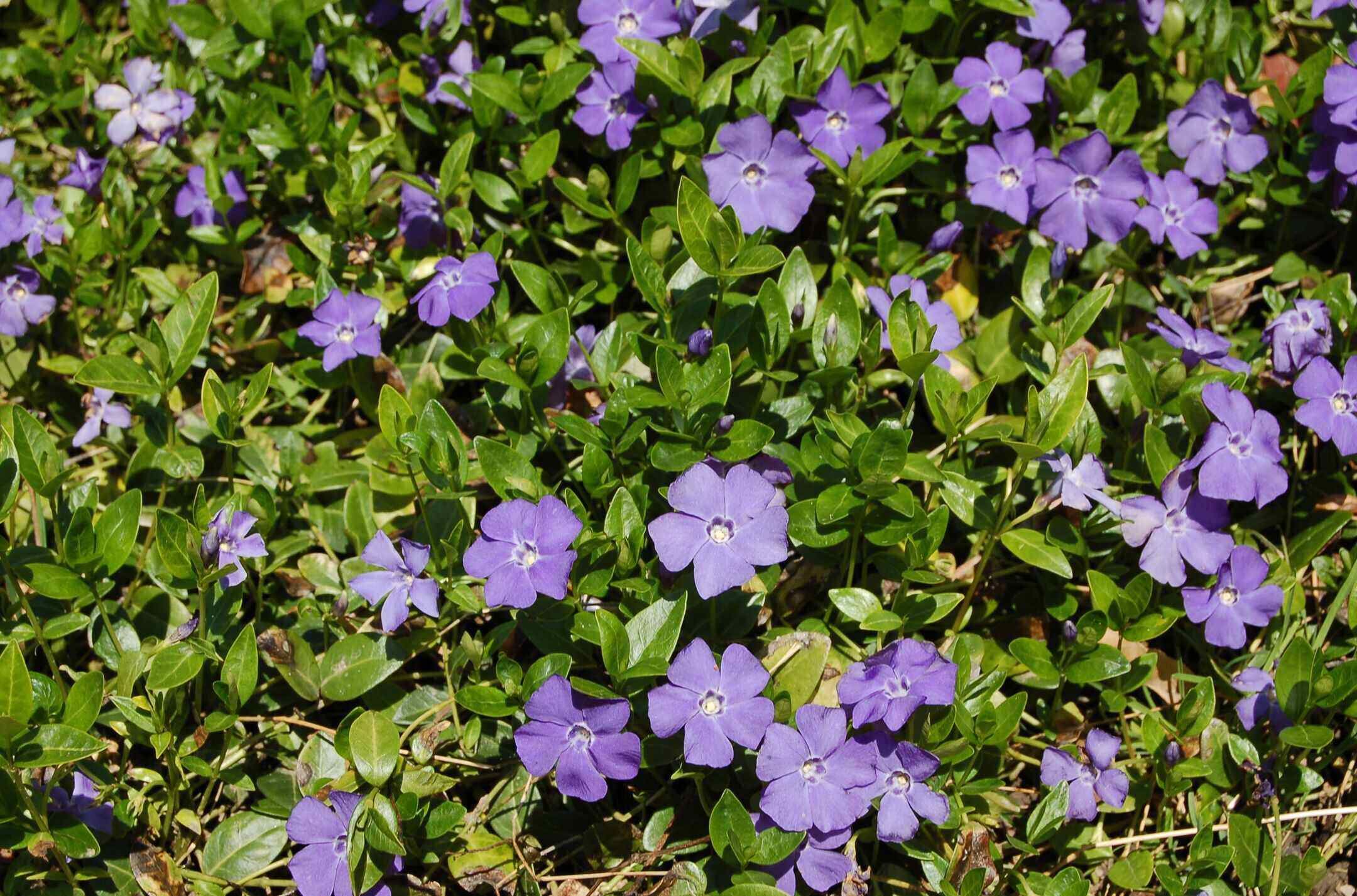
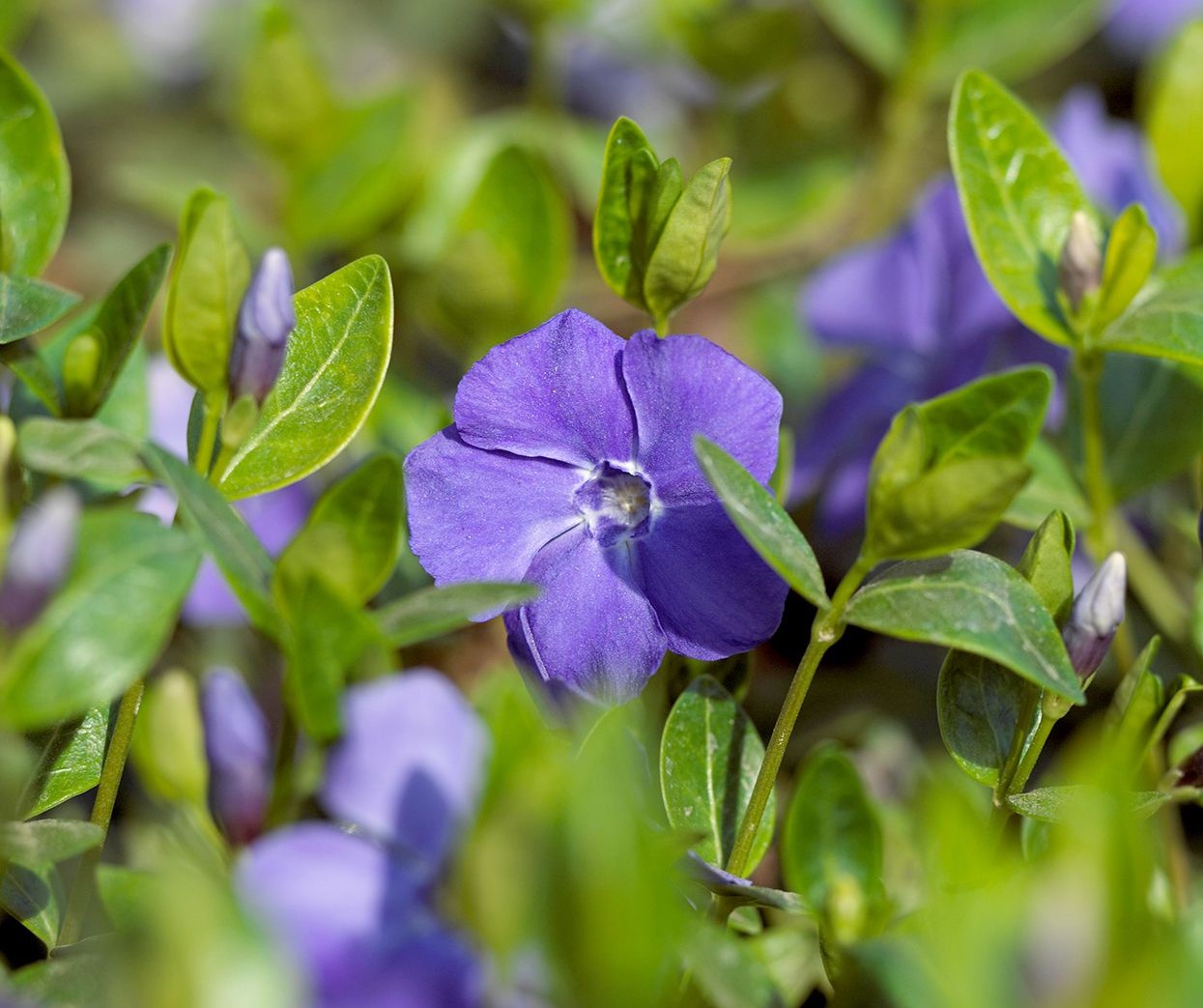


0 thoughts on “How To Identify Vining Non-Flowering Ground Cover”